 A robot controlled by a simulated rat brain has proved itself to be a remarkable mimic of rodent behaviour in series of classic animal experiments.
A robot controlled by a simulated rat brain has proved itself to be a remarkable mimic of rodent behaviour in series of classic animal experiments.The robot's biologically-inspired control software uses a functional model of "place cells".These are neurons in an area of the brain called the hippocampus that help real rats to map their environment.They fire when an animal is in a familiar location.Alfredo Weitzenfeld, a roboticist at the ITAM technical institute in Mexico City, carried out the work by reprogramming an AIBO robot dog, made by Japanese firm Sony, with the rat-inspired control software.When placed inside a maze, the robot learnt to navigate towards a "reward" in a remarkably similar way to real rodents, using landmarks to explore.Weitzenfeld found that the robot could recognise places it had already visited, distinguish between locations that looked alike, and figure out roughly where it was when placed in an unfamiliar part of a maze, after just a single training session."Our work is unique in that we are trying to reproduce with robots actual experiments carried out on rats," Weitzenfeld told New Scientist.The robot's tasks were set up to replicate Richard Morris' classic water maze experiments from the 1980s. These were designed to shed light on how spatial problems are solved neurologically.Weitzenfeld is also working closely with neuroscientists who are experimenting with real rats. "Our goal is to extend our current models by testing new hypotheses in robots," he says, "and by performing corresponding new experiments with real rats that may lead to further understandings in rat spatial memory and learning."
To read more go to:
As in the days of Noah....



















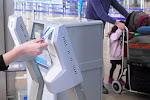


















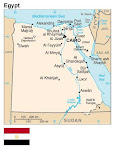
























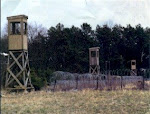









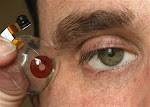












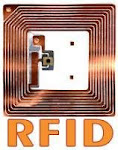.bmp)

























.bmp)